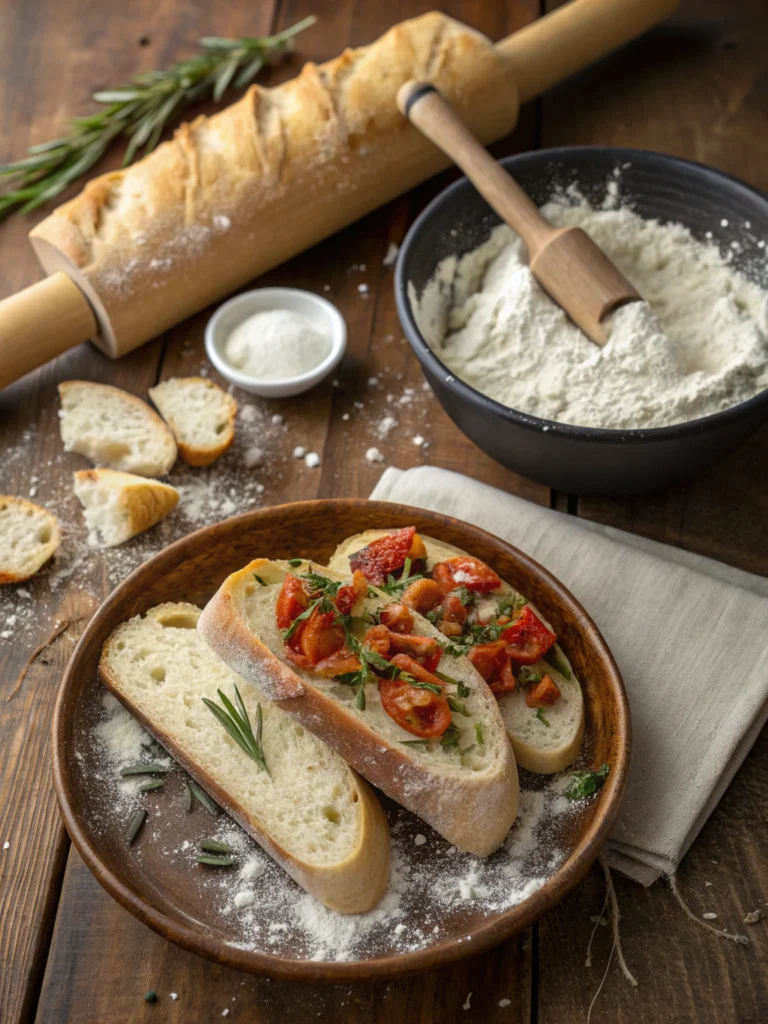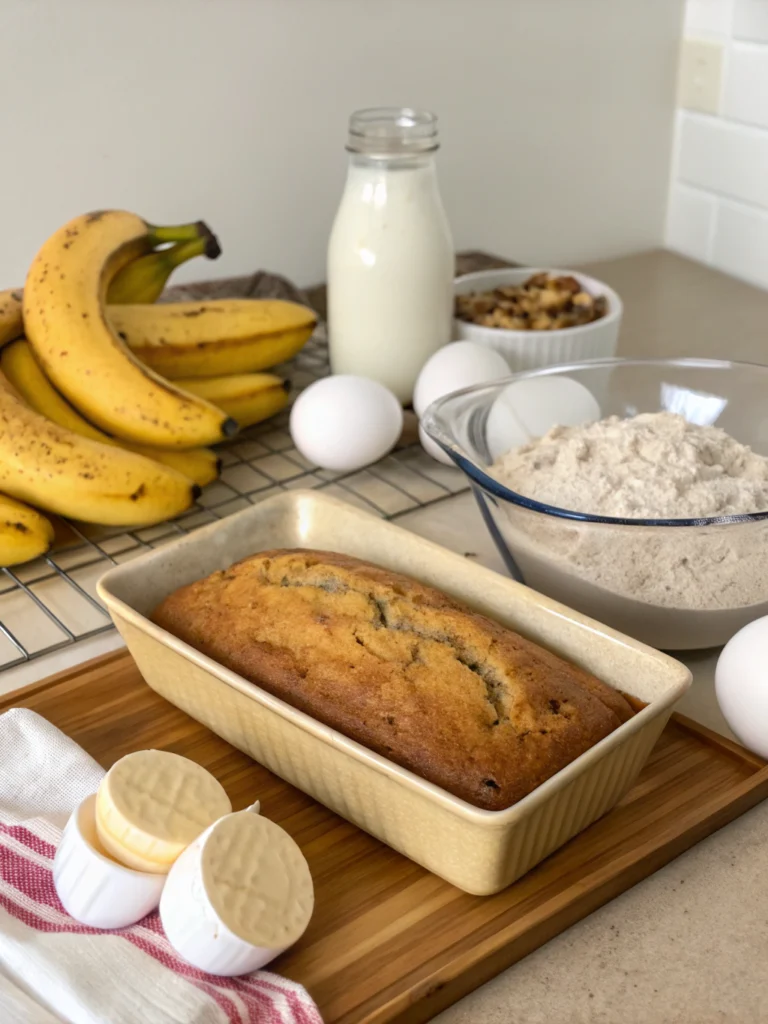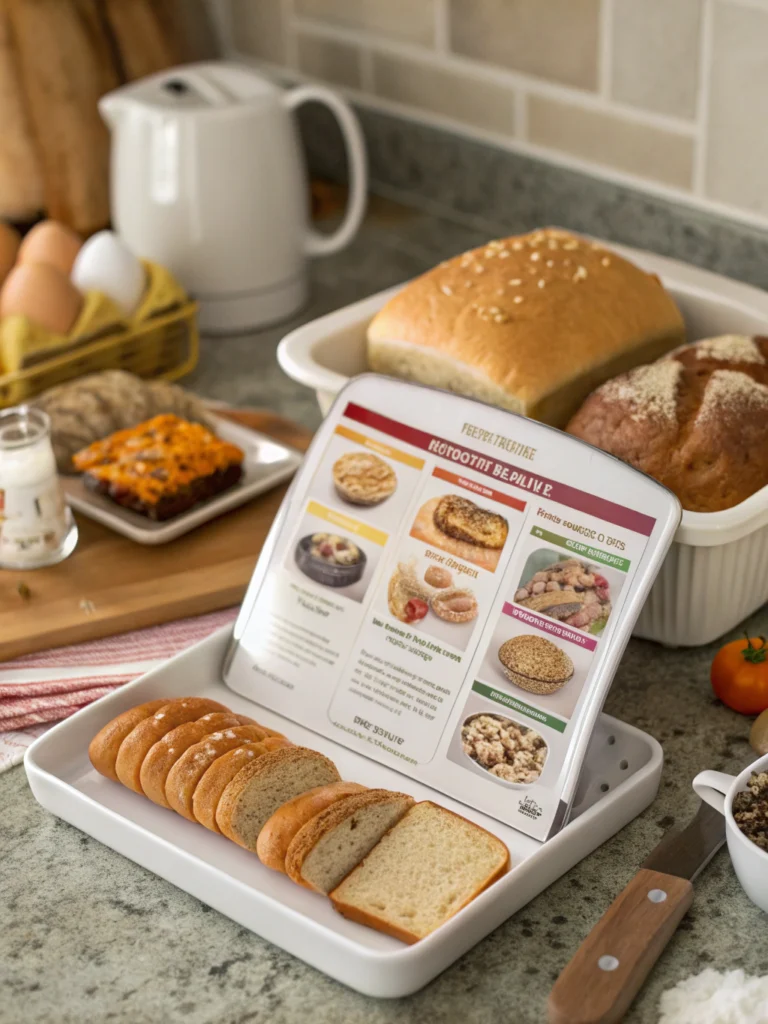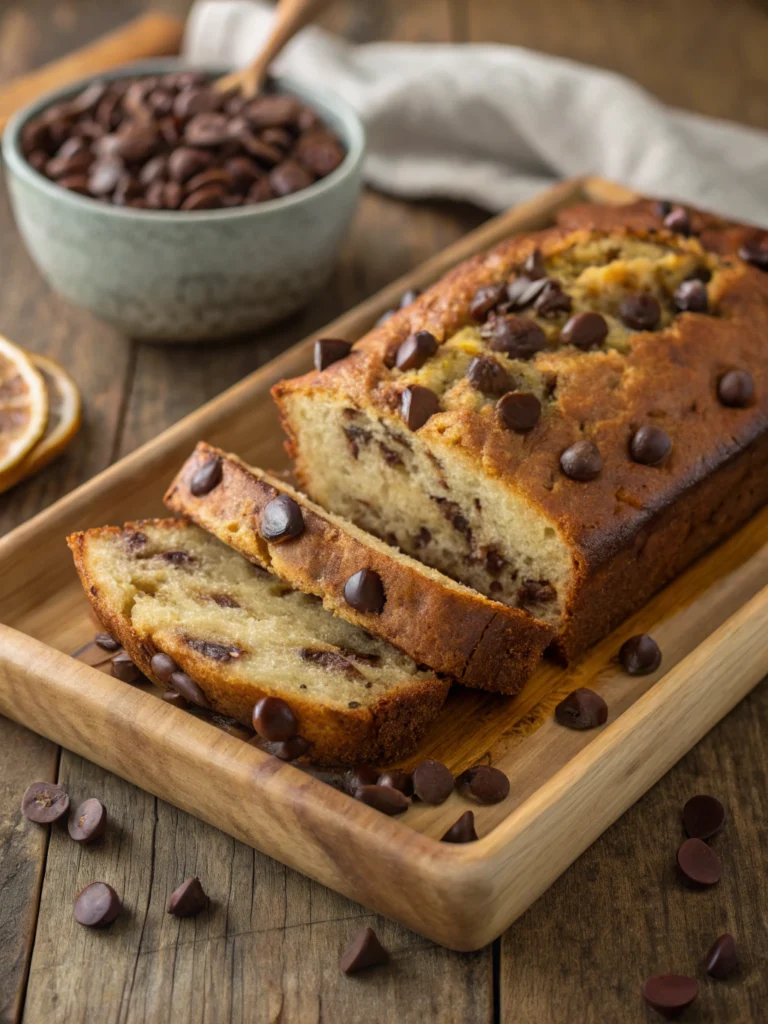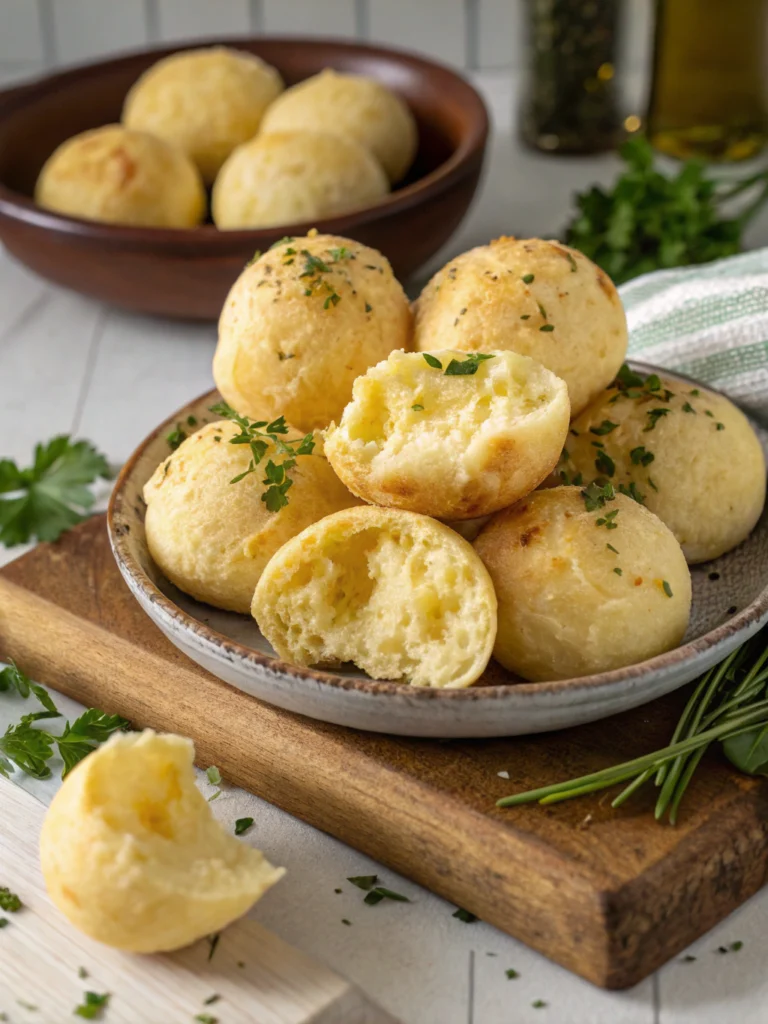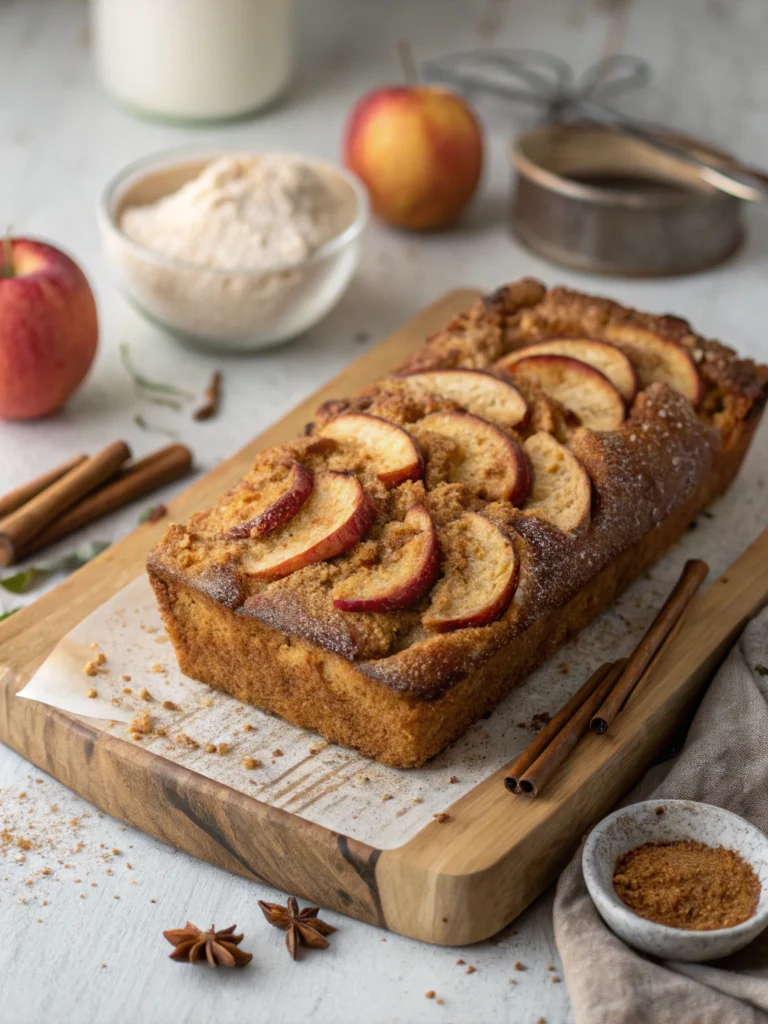Unleavened Bread Recipe: 7 Easy Steps to Perfect Matzo at Home
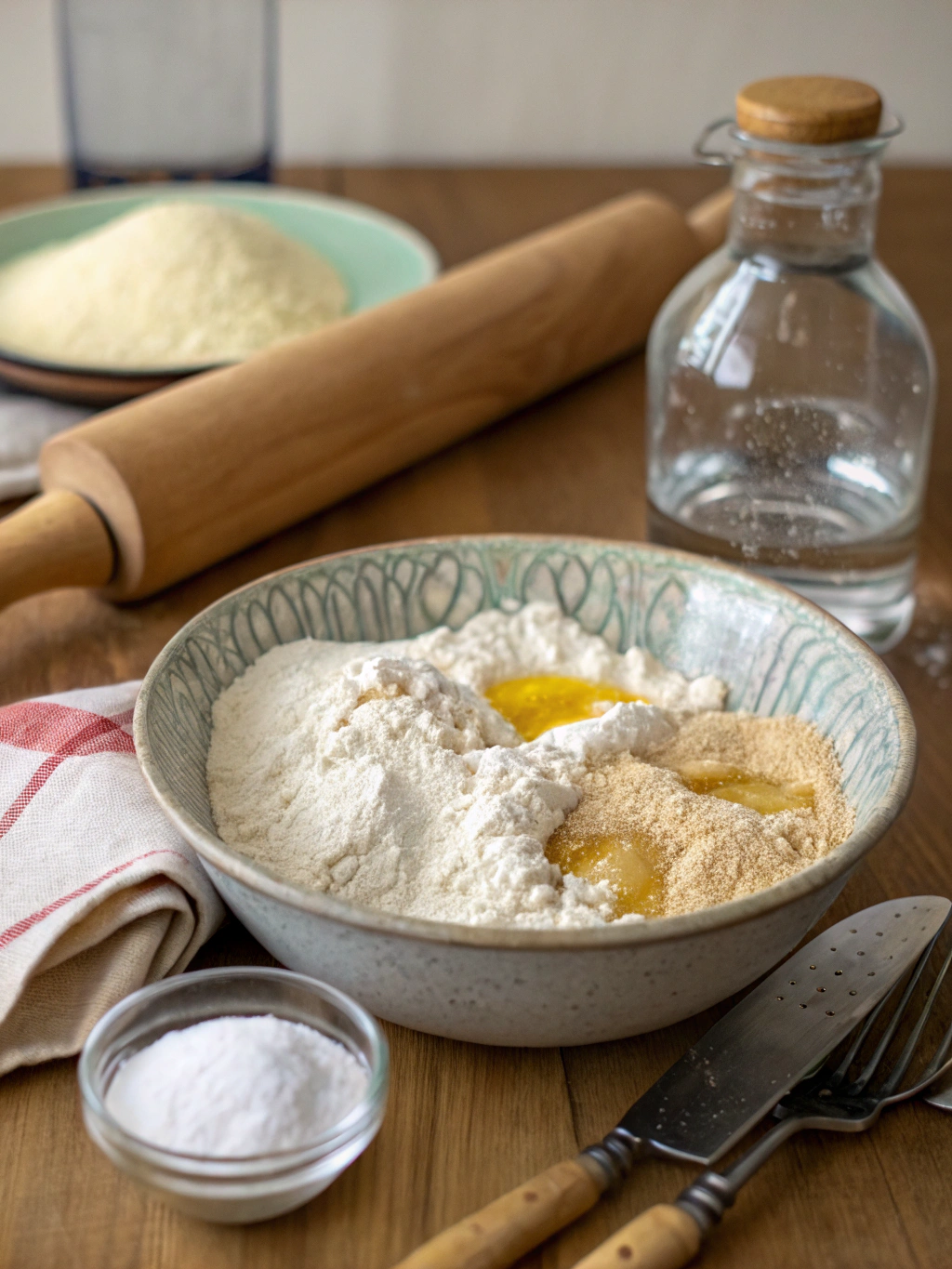
Have you ever wondered why unleavened bread has remained a staple in culinary traditions for thousands of years? This simple yet versatile bread has deep cultural significance and offers a pure, unadulterated taste that modern bread often lacks.
Today, I’m sharing a foolproof unleavened bread recipe that brings this ancient tradition into your modern kitchen. With just a handful of ingredients and some simple techniques, you’ll create authentic matzo that rivals anything you can find in stores.
Whether you’re preparing for Passover, seeking a quick bread option, or simply curious about traditional baking methods, this recipe delivers perfect results every time.
Ingredients List
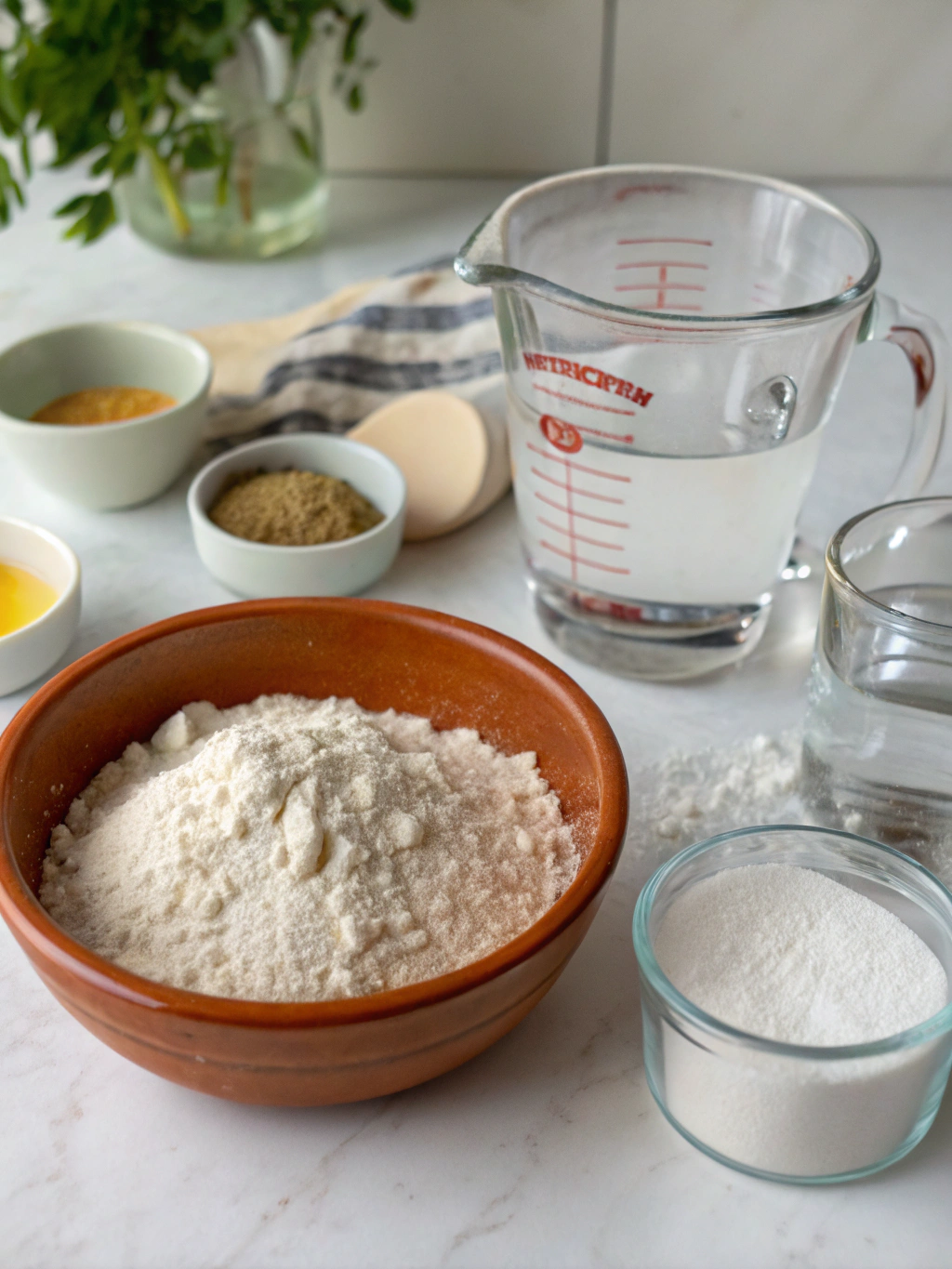
- 2 cups all-purpose flour – provides the structure (substitute whole wheat flour for a nuttier flavor)
- 1 cup water – activates the flour (filtered water works best)
- 1 tablespoon olive oil – adds subtle richness (can substitute avocado oil)
- 1 teaspoon salt – enhances flavor (kosher salt preferred)
- Optional herbs – rosemary, thyme, or garlic powder for flavored variations
The beauty of this unleavened bread recipes lies in its simplicity. These basic ingredients create a canvas that can be adapted to countless flavor profiles while maintaining the essential characteristic of being yeast-free.
Timing
- Preparation time: 10 minutes
- Resting time: 10 minutes
- Cooking time: 15-20 minutes
- Total time: 35-40 minutes
This quick-baking bread requires 40% less time than traditional leavened bread recipes, making it perfect for last-minute meals or when you need fresh bread without the long wait for rising.
Step-by-Step Instructions
Step 1: Prepare Your Workspace
Preheat your oven to 450°F (230°C). Line a baking sheet with parchment paper or lightly dust it with flour. Ensure your work surface is clean and dust it lightly with flour to prevent sticking.
Step 2: Mix Dry Ingredients
In a large mixing bowl, combine the flour and salt. Whisk them together thoroughly to ensure even distribution. If you’re adding dried herbs or spices, incorporate them at this stage for consistent flavor.
Step 3: Add Wet Ingredients
Create a well in the center of your flour mixture. Pour in the water and olive oil. Using a wooden spoon or your hands, mix until the dough begins to come together. The mixture should be slightly tacky but not overly sticky.
Step 4: Knead the Dough
Turn the dough onto your floured surface and knead for 5-7 minutes until smooth and elastic. Unlike leavened dough, you don’t need to develop extensive gluten networks, but some kneading creates better texture. The dough should feel pliable and slightly firm.
Step 5: Rest and Divide
Cover the dough with a clean kitchen towel and let it rest for 10 minutes. This relaxes the gluten and makes rolling easier. After resting, divide the dough into 8 equal portions for individual flatbreads.
Step 6: Roll and Shape
Roll each portion into a very thin round or oval shape, approximately 1/8 inch thick. For traditional matzo, aim for even thinner – almost translucent. Prick the surface all over with a fork to prevent bubbling during baking.
Step 7: Bake to Perfection
Transfer your shaped dough to the prepared baking sheet. Bake for 4-5 minutes, then flip and bake for another 4-5 minutes until lightly golden with a few brown spots. For authentic matzo, the bread should be crisp throughout with no soft center.
Pro tip: For the most authentic unleavened bread recipe, the entire process from mixing to baking should take less than 18 minutes to prevent any natural fermentation from occurring.
Nutritional Information
Per serving (1 flatbread):
- Calories: 120
- Carbohydrates: 22g
- Protein: 3g
- Fat: 2g
- Fiber: 1g
- Sodium: 146mg
This unleavened bread provides approximately 15% fewer calories than typical leavened bread while delivering similar satisfaction. The simple ingredient list also means fewer additives and preservatives than commercial options.
Healthier Alternatives for the Recipe
For a more nutritious version of this unleavened bread recipe, consider these modifications:
- Whole grain flour – Replace half or all of the all-purpose flour with whole wheat, spelt, or rye flour to increase fiber and nutrient content.
- Seed additions – Incorporate 2 tablespoons of flaxseeds, chia seeds, or sesame seeds into the dough for omega-3 fatty acids and extra protein.
- Reduced sodium – Cut the salt in half for a lower-sodium option that’s still flavorful.
- Gluten-free version – Substitute a quality gluten-free flour blend plus 1/2 teaspoon xanthan gum for those with gluten sensitivities.
These modifications maintain the fundamental character of unleavened bread while enhancing its nutritional profile to suit modern dietary preferences.
Serving Suggestions
Elevate your unleavened bread with these serving ideas:
- Mediterranean platter – Serve with hummus, baba ganoush, olives, and fresh vegetables for an impressive appetizer spread.
- Breakfast option – Top with avocado, a poached egg, and everything bagel seasoning for a quick morning meal.
- Soup companion – Break into pieces and serve alongside hearty soups or stews as a satisfying dipper.
- Sweet variation – Drizzle with honey and cinnamon for a simple dessert or afternoon snack.
- Traditional serving – During Passover, serve with charoset, bitter herbs, and other symbolic foods.
The neutral flavor profile makes this bread the perfect canvas for both savory and sweet applications, adapting seamlessly to any meal of the day.
Common Mistakes to Avoid
- Overworking the dough – Unlike yeasted breads, unleavened dough becomes tough when overworked. Knead just until smooth, then stop.
- Insufficient thinness – Rolling the dough too thick results in a dense, chewy texture rather than the desired crisp finish. Aim for paper-thin consistency.
- Skipping the fork pricks – Without proper docking (pricking with a fork), the dough will puff up dramatically and create a pocket bread instead of flat matzo.
- Inconsistent oven temperature – A properly preheated oven is crucial. Data shows that variations of just 25°F can significantly impact baking time and texture.
- Adding leavening agents – This might seem obvious, but even ingredients like yogurt or buttermilk contain natural leavening properties that compromise the unleavened nature.
Storing Tips for the Recipe
Maximize the freshness of your unleavened bread with these storage strategies:
- Short-term storage – Keep in an airtight container at room temperature for up to 3 days. Separate layers with parchment paper to prevent sticking.
- Long-term storage – Freeze for up to 3 months in freezer-safe bags with excess air removed. Thaw at room temperature for 30 minutes before serving.
- Refreshing stale bread – Sprinkle with a few drops of water and reheat in a 350°F oven for 3-5 minutes to restore crispness.
- Make-ahead option – Prepare the dough up to 24 hours in advance and refrigerate, tightly wrapped. Bring to room temperature for 30 minutes before rolling and baking.
Properly stored unleavened bread maintains its texture and flavor remarkably well, making it an excellent make-ahead option for busy households.
Conclusion
This authentic unleavened bread recipe connects you to thousands of years of baking tradition while offering practical benefits for modern cooks. Its versatility, quick preparation, and minimal ingredient list make it a valuable addition to your culinary repertoire.
Have you tried making unleavened bread at home? I’d love to hear about your experiences, variations, and how you’ve incorporated this ancient bread into your contemporary meals. Share your results in the comments below, and don’t forget to save this recipe for your next gathering or when you need bread in a hurry!
Did You Try Our Recipe?
There are no reviews yet. Be the first one to write one.

